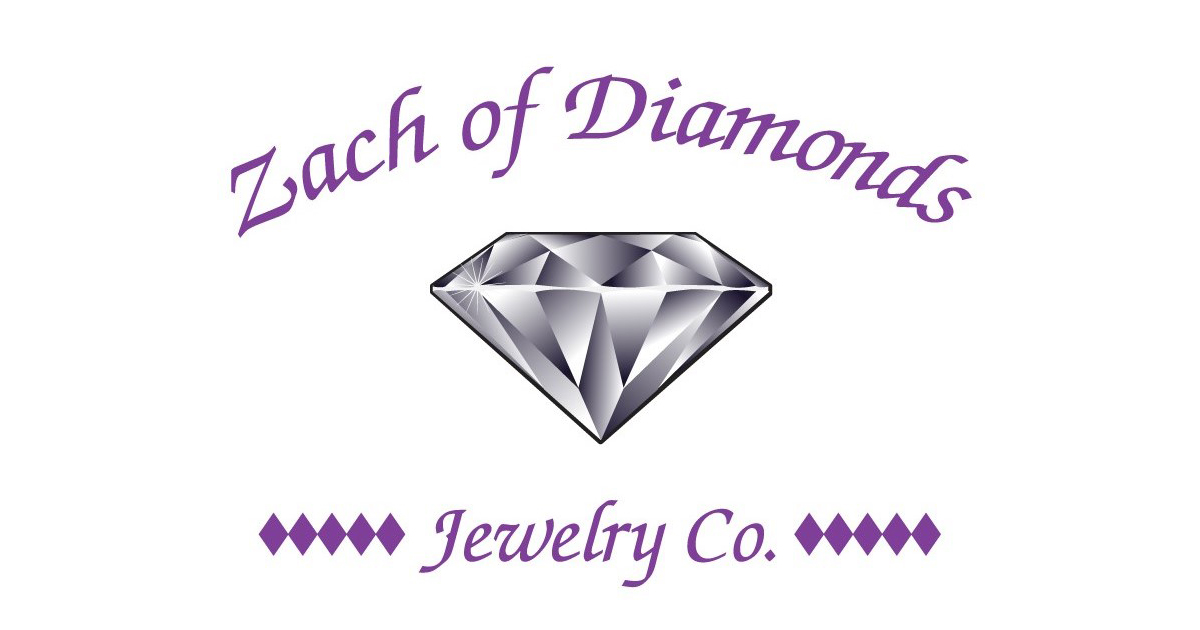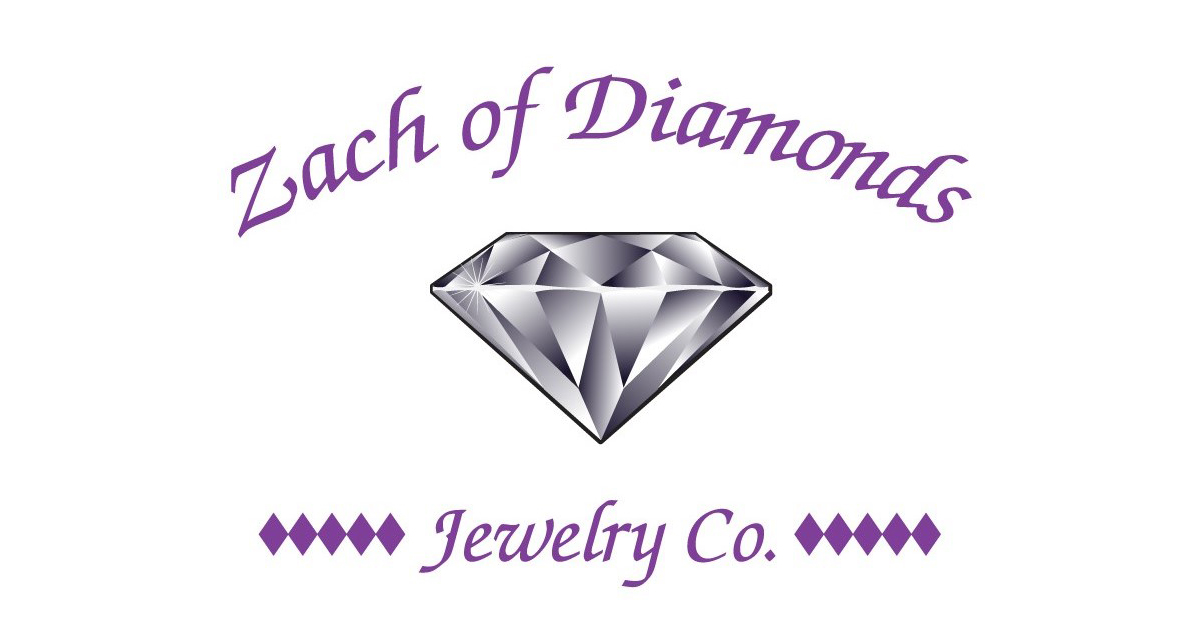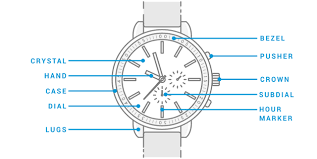Watches
Maybe you don’t need to know that the gemstone set in the crown of your watch is a cabochon, but perhaps you should know what the crown is.
Even if it’s just so you can say, “The crown of my watch is stuck,” instead of, “The little knob on the side of my watch won’t turn,” next time you go to your jeweler for a repair.
It’s the little things, right?
The 10 Most Basic Parts of a Watch
- Bezel
The ring surrounding the watch face. Sometimes plain, sometimes decorative, sometimes functional – like a rotating bezel on a diving watch.
The bezel is to the watch like the outer metal ring is to a mason jar. It holds the crystal in place just like the metal ring of a mason jar lid holds the center disc.
- Case
The housing of the watch. The case can be plastic, ceramic or metal; fine watches often use gold, silver, platinum or rhodium.
The case of a watch performs the same function as the skin of our body – holding all the contents in place.
- Crown
The “little knob on the side of the watch” used to set time. May also serve additional functions depending on the watch. Example: Used to wind the mainspring on mechanical watches.
The crown is the command center of your watch. Use it to make adjustments whenever something’s not quite right.
- Crystal
The clear portion of the watch face that protects the dial, hands, etc. Can be made of plastic, glass or synthetic sapphire.
The crystal of a watch is like the window of a house – protects the interior from the elements while still allowing you to see in.
- Dial
The part that actually displays the time. On a digital watch, this is the numeric digital display; the dial consists of the hour markers and hands on a traditional watch.
Having a watch without a dial would be like having a thermometer without a display. There may still be calculations occurring in the background, but that doesn’t do you a whole lot of good without knowing the end result.
- Hand
The hands move over the dial itself, pointing at the hour markers to indicate the time.
Kind of like traffic signs showing you which way to go.
- Hour Marker
The actual numeric labels on the watch face, usually 1 to 12.
Hour markers label the time just like measurement lines label volume on a measuring cup.
- Lugs
Small metal pieces that attach the watch case to the straps.
Just like the actual lug nuts that hold your tire to your car’s axle.
- Pusher
Similar to the crown. A button on the side of the watch that controls other functions, like the date.
The crown of a watch is akin to the main temperature adjuster on your thermostat, while the pusher is more like the buttons you might use to set specific temperature schedules. Used for more advanced functions.
- Subdial
A small dial inset into the main watch dial. Used for secondary functions, like displaying seconds or a chronograph.
The subdial is to the dial like the pusher is to the crown.
BONUS: Movement
We’re not going to get into the nitty gritty of the parts inside a watch in this post, but it is good to know that the interior of a watch as a whole is called the movement.
It’s like the engine of the watch. Pretty important.
Hopefully next time you visit your jeweler to purchase a new watch, you’ll feel confident letting them know that you want a sapphire crystal with a platinum case and a subdial with a chronograph.
Looking for more than just the basics?
Check out Gentleman’s Gazette’s Watch Parts Glossary .
They cover every watch part, A to Z.


